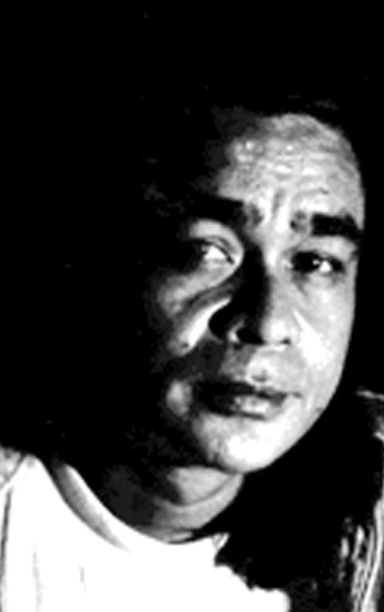Street barbecue as text
By: Raymund Fernandez
- 7 years ago


FERNANDEZ
More than a decade ago, a friend and co-teacher who recently returned from a PhD program in UP Diliman told me, “Everything is text.” I was quite incredulous. I have been a visual artist for as long as I can remember, and up to that time, I had always believed that the visual universe was independent of and had nothing to do with words. It is taking me more than a decade to fully understand how wrong I had been. Art in general is text.
Visual art is text. The president is text. Even my dogs are text. And if I am ever going to acquire a better understanding of the reality that is all about me, that understanding will come in the form of text, in the form of the narrative and as a story. Because stories are all we really have.
Reality exists, of course; and so too, truth. They exist independent of words. But to determine what these are, we would have to talk. We would have to ask our closest neighbors how reality and truth are to be defined, or made more clear. We would have to quarrel about them, discuss them fully and finally negotiate what these are. And the only way we can do this is with text, or words.
Words are therefore wonderful that way. And it might seem a charming coincidence that the Gospel of John begins with: “In the beginning was the word, and the word was with God, and the word was God.”
I might be raising here a controversial interpretation of John’s first lines. Perhaps John meant to mean something entirely different from what meaning I draw from his words. But the relationship between words and their meanings has always been a complex phenomenon requiring close study. Words are signs. They are signifiers that point to meanings. But the relationship between signifiers and their meanings are socially constructed.
The relationship is far from simple. Indeed, they are as complex as people, the cultures they construct between each other, and how these travel over time. Meanings are social constructs evolving over history.
Everything is text. Even the barbecue they sell at Larsian. Apparently, as seemed to be the conclusion I drew from this year’s Tagik Landasan writing workshop held at University of the Philippines Cebu campus.
One of the entries pointed to the Cebu Larsian experience. In the course of the conversation which followed after presentation, one of the fellows asked if only one supplier serviced the complex of stores which cooked and served the barbecue at Larsian. Apparently not. So why is it that the “design” of the different sorts of barbecues served not just at Larsian but everywhere else all over the islands has become universal?
Consider: the six-peso basic pork barbecue, the fifteen-peso pork barbecue with a cube of fat and skin, the three-peso small intestine also known here as tenae, atay baticulon, isol, adidas, etc. All these are served all over the islands and beyond; and they always look the same, taste almost the same as if they have themselves become signifiers of very specific meanings, as universal in that relative way we expect of words, or text, if you will.
One knows that the root of this culture-specific universality can be studied inside that academic discipline they call semiotics. In a phrase, semiotics is the study of signs. After more than a decade, I might possibly be getting close to an understanding of what it is. Indeed, everything is text.
Read more...
